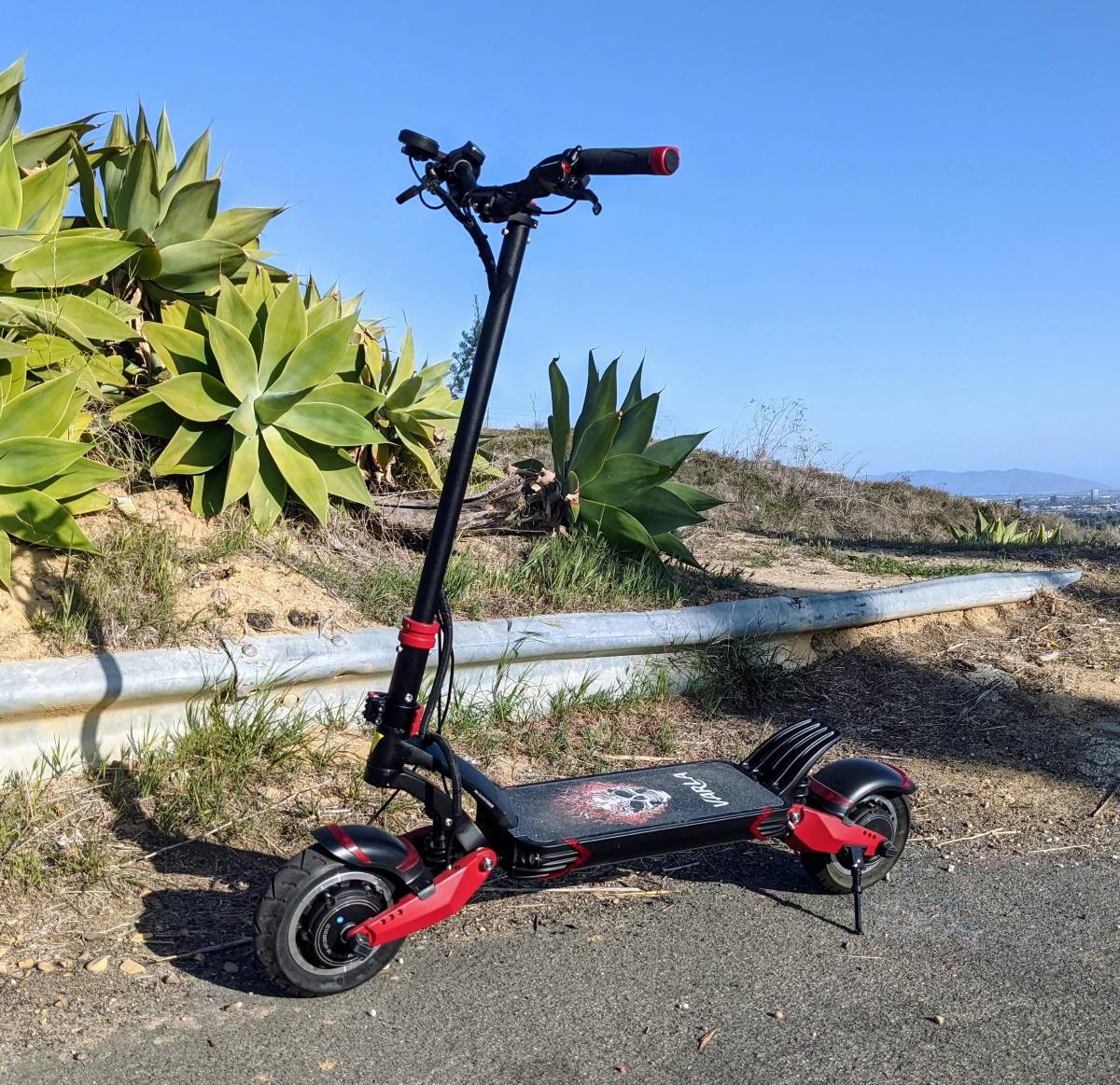

Articles
How To Store Electric Scooter
Modified: January 6, 2024
Looking for articles on how to store your electric scooter? Learn the best methods and tips to keep it safe and in good condition.
(Many of the links in this article redirect to a specific reviewed product. Your purchase of these products through affiliate links helps to generate commission for Storables.com, at no extra cost. Learn more)
Introduction
Electric scooters have become increasingly popular as a convenient and eco-friendly mode of transportation. However, there may be times when you need to store your electric scooter for an extended period. Whether it’s due to seasonal changes, travel plans, or simply the need for space, proper storage is essential to maintain the longevity and performance of your scooter.
In this article, we will guide you on how to store your electric scooter correctly. We will discuss the importance of choosing the right storage space, cleaning and preparing the scooter, folding and disassembling it, removing the battery, securing and protecting the scooter, and whether to store it indoors or outdoors. We will also provide tips for regular maintenance during storage and offer suggestions for long-term storage.
By following the steps outlined in this article, you can ensure that your electric scooter remains in optimal condition during its time in storage, enabling you to enjoy it for years to come.
Key Takeaways:
- Proper storage of electric scooters is essential for maintaining performance and longevity. Factors such as choosing the right storage space, cleaning and preparing the scooter, and regular maintenance are crucial for optimal scooter condition during storage.
- Whether storing indoors or outdoors, securing and protecting the scooter, removing the battery, and following long-term storage tips are key to preserving the electric scooter’s performance and ensuring it’s ready for use when needed.
Read more: How To Store Electric Scooter In Apartment
Choosing the Right Storage Space
When storing your electric scooter, it is important to choose the right storage space to protect it from harsh environmental conditions. Here are a few factors to consider when selecting the ideal storage area:
- Indoor vs. Outdoor: Whenever possible, it is best to store your electric scooter indoors. This will provide protection from moisture, UV rays, and extreme temperatures. If indoor storage is not feasible, opt for a covered area, such as a shed or garage.
- Temperature Control: Aim to store your scooter in a location with a stable temperature. Extreme heat or cold can negatively impact the battery life and overall performance of the scooter. Avoid areas prone to fluctuations in temperature, such as attics or basements.
- Security: Choose a storage space that is secure and inaccessible to unauthorized individuals. If storing in a shared space, ensure that your scooter is properly locked and protected. Use additional security measures, such as alarms or locks, for added peace of mind.
- Space Considerations: Assess the size of your scooter and the available storage space. Ensure there is sufficient room to safely store the scooter without it being squeezed or crowded. It is recommended to store the scooter in an upright position to prevent any damage to its components.
- Ventilation: Good ventilation is important to prevent the buildup of moisture and mildew. Avoid storing your scooter in a damp or poorly ventilated area to prevent rusting and corrosion of its parts.
By considering these factors, you can select the optimal storage space for your electric scooter. Remember, the goal is to protect the scooter from the elements and ensure its longevity.
Cleaning and Preparing the Scooter
Before storing your electric scooter, it is important to clean and prepare it properly to avoid any issues during storage. Here are the steps to follow:
- Clean the Exterior: Start by wiping down the scooter’s exterior using a soft cloth or sponge. Use mild soap and water to remove any dirt, dust, or grime. Pay special attention to hard-to-reach areas and crevices.
- Dry Thoroughly: After cleaning, make sure to dry the scooter thoroughly. Use a clean towel or allow it to air dry completely. Moisture can cause rust and corrosion if the scooter is stored with residual water.
- Inspect for Damage: Take this opportunity to inspect your scooter for any signs of wear and tear. Check for loose screws, damaged cables, or worn-out tires. Address any issues before storing the scooter to prevent further damage or problems.
- Apply Protective Coating: Consider applying a protective coating or wax on the scooter’s exterior to provide an extra layer of protection against scratches and corrosion. Follow the manufacturer’s instructions for the appropriate product and application method.
- Protect the Seat and Handlebars: If your scooter has a removable seat or folding handlebars, detach them and store them separately. This will prevent any damage or stress to these components while in storage.
By following these cleaning and preparation steps, you can ensure that your electric scooter is in the best condition possible before storing it. This will help maintain its appearance and functionality when you’re ready to use it again.
Folding and Disassembling the Scooter
Folding and disassembling your electric scooter can help save space and make it easier to store. Follow these steps to fold and disassemble your scooter properly:
- Refer to the User Manual: Every electric scooter has a unique folding and disassembly mechanism. Refer to the user manual provided by the manufacturer to understand the specific steps for your scooter model.
- Fold the Handlebars: If your scooter has folding handlebars, start by collapsing them. This usually involves releasing a latch or button and folding the handlebars down towards the scooter’s deck. Make sure the handlebars are securely locked in the folded position.
- Lower the Stem: Some scooters may have an adjustable stem height. Lower the stem to its lowest position, if applicable. This will reduce the overall height of the scooter, making it more compact for storage.
- Fold the Deck: If your scooter has a folding deck, follow the manufacturer’s instructions to fold it. This typically involves releasing a latch or lever and folding the deck upwards or sideways.
- Secure Loose Parts: If there are any detachable accessories, such as baskets or mirrors, remove them and store them separately. Secure any loose parts to prevent them from getting lost or damaged during storage.
- Disassemble if necessary: If your scooter is designed to be disassembled, follow the manufacturer’s instructions to remove any detachable components. This may include removing the seat, battery, or wheels. Pack these components separately for storage.
By carefully folding and disassembling your electric scooter, you can save space and ensure that it remains compact and protected during storage. Remember to keep all the necessary parts together and store them in a safe place.
Removing the Battery
One crucial step in properly storing your electric scooter is removing the battery. This is important to prevent any potential damage to the battery and ensure its longevity. Follow these steps to safely remove the battery from your electric scooter:
- Locate the Battery Compartment: Refer to the user manual or manufacturer’s instructions to locate the battery compartment of your electric scooter.
- Turn off the Scooter: Before removing the battery, make sure the scooter is turned off and the power switch is in the “off” position. This will prevent any accidental activation while handling the battery.
- Open the Battery Compartment: Open the battery compartment according to the instructions provided. This may involve removing a cover or unscrewing screws that secure the compartment.
- Disconnect the Battery: Once the battery compartment is open, you will find the battery with connecting wires or cables. Carefully disconnect these connectors to detach the battery from the scooter. Follow the instructions specific to your model to ensure proper disconnection.
- Handle with Care: When removing the battery, be careful not to damage the connections or expose it to excessive force or impact. Handle the battery gently and avoid bending or twisting it.
- Store the Battery Properly: Once the battery is removed, store it in a safe and cool place. Avoid placing it near flammable materials or in direct sunlight. It is recommended to store the battery at room temperature and periodically charge it to maintain its capacity during storage.
By removing the battery from your electric scooter before storage, you can ensure its safety and prolong its lifespan. Remember to handle the battery with care and store it in an appropriate environment.
When storing an electric scooter, it’s important to keep it in a dry and secure location to prevent damage from moisture and theft. It’s also a good idea to remove the battery and store it separately to prolong its lifespan.
Read more: How To Store A Scooter
Securing and Protecting the Scooter
Securing and protecting your electric scooter during storage is essential to prevent any damage and maintain its condition. Follow these steps to ensure the scooter is properly secured and protected:
- Use a Storage Cover: Consider using a scooter cover to shield your scooter from dust, debris, and potential scratches. Choose a cover made from durable and water-resistant material to protect against moisture.
- Secure the Components: Make sure all loose components, such as the folded handlebars or detached accessories, are securely fastened to the scooter. Use straps or bungee cords to keep everything in place and prevent any shifting during storage.
- Lock the Scooter: Use a quality lock to secure your electric scooter. Choose a lock that is strong and resistant to cutting or picking. Locking your scooter will deter any potential theft and provide peace of mind while it is in storage.
- Elevate the Scooter: If storing your scooter outdoors or in a garage with a concrete floor, consider elevating the scooter off the ground to prevent moisture absorption and potential damage. Use a stand or platform to lift it off the ground.
- Protect the Tires: To prevent flat spots and maintain the condition of the tires, slightly inflate them before storage. Avoid overinflating them, as this can cause damage. If possible, rotate the position of the scooter periodically to avoid prolonged pressure on the same area of the tires.
- Keep it Dry: Whether storing the scooter indoors or outdoors, make sure the storage area is dry and free from moisture. Moisture can lead to rust and corrosion, potentially damaging the scooter’s components.
By taking the necessary steps to secure and protect your electric scooter during storage, you can ensure its safety and maintain its condition. Remember to use a cover, lock the scooter, elevate it if necessary, and keep the storage area dry.
Storing Indoors vs. Outdoors
When it comes to storing your electric scooter, there is a decision to be made whether to store it indoors or outdoors. Here are some factors to consider to help you make the right choice:
Indoor Storage:
- Protection from the Elements: Storing your electric scooter indoors provides better protection from harsh weather conditions such as rain, snow, and extreme temperatures. This helps prevent damage to the scooter’s components and extends its lifespan.
- Security: Indoor storage offers better security against theft and vandalism. By keeping your scooter inside, it is less visible and less prone to unauthorized access.
- Reduced Wear and Tear: Storing your scooter indoors can minimize wear and tear caused by exposure to the elements. This includes protecting the paint, electronics, and other vulnerable parts from sun damage, moisture, and debris.
Outdoor Storage:
- Space Considerations: If you have limited indoor storage space, storing your scooter outdoors may be the only viable option. Ensure you have a secure and covered area to protect it from the elements as much as possible.
- Convenience: Storing your scooter outdoors can provide easy access for daily use. If you frequently use your scooter, having it readily available can be more convenient than having to bring it in and out of storage.
- Proper Cover and Protection: If you choose outdoor storage, make sure to invest in a high-quality scooter cover to protect it from rain, UV rays, and other environmental factors. Additionally, secure it with a reliable lock to deter theft.
Ultimately, the decision to store your electric scooter indoors or outdoors depends on your specific circumstances and available options. While indoor storage offers better protection and security, outdoor storage can be convenient if you have limited space. Regardless of your choice, make sure to take proper precautions to protect your scooter from the elements and potential theft.
Regular Maintenance during Storage
Even when your electric scooter is in storage, it’s important to perform regular maintenance to ensure its optimal performance when you’re ready to use it again. Here are some maintenance tasks to consider during storage:
- Battery Maintenance: If your electric scooter has a removable battery, periodically check its charge level and top it up if necessary. Follow the manufacturer’s recommendations for maintaining the battery during storage, such as charging it to a certain level or avoiding complete discharge.
- Tire Inspection: Check the scooter’s tires regularly to ensure they are properly inflated and free from any signs of damage or wear. Adjust the tire pressure if needed, but avoid overinflating them. This will help prevent flat spots and maintain the tires’ performance.
- Drive Chain Lubrication: If your electric scooter has a drive chain or belt, lubricate it according to the manufacturer’s instructions during storage. This will help prevent rust and maintain the smooth operation of the drive system.
- Cleaning: Even when in storage, it’s important to periodically clean your scooter to remove any dust, dirt, or debris that may have accumulated. Use a soft cloth or sponge and mild soap and water to clean the scooter’s exterior. Make sure to dry it thoroughly afterward to prevent moisture-related issues.
- Inspect for Damage: Regularly inspect your scooter for any signs of damage, including loose cables, worn-out brake pads, or other worn-out parts. Address any issues promptly to prevent further damage or safety hazards.
- Battery Discharge Prevention: If you are storing your scooter for an extended period, consider disconnecting the battery to prevent any discharge that could potentially reduce its lifespan. Store the disconnected battery in a cool and dry place as recommended by the manufacturer.
By performing regular maintenance tasks during storage, you can ensure that your electric scooter stays in good condition and is ready to hit the road when you want to use it again. Remember to consult the scooter’s user manual for specific maintenance instructions and recommendations.
Tips for Long-Term Storage
If you plan to store your electric scooter for an extended period, such as during the winter months or while away on vacation, there are a few additional tips to keep in mind to ensure its proper preservation:
- Choose a Climate-Controlled Storage Area: If possible, select a storage area with climate control to prevent extreme temperature fluctuations. High heat or cold temperatures can affect the battery and other components of the scooter.
- Keep the Battery Charged: For long-term storage, it’s important to maintain the battery’s charge level. Follow the manufacturer’s recommendations for maintaining the battery during extended periods of non-use, such as charging it to a specific level and then periodically recharging it.
- Store the Scooter Upright: If storing the scooter without folding it, make sure to keep it in an upright position. This helps prevent any undue stress on the scooter’s frame and components.
- Check on the Scooter Periodically: Even during long-term storage, it’s a good idea to check on your scooter periodically. This allows you to ensure it is still in good condition and address any potential issues before they become more significant.
- Use Fuel Stabilizer (if applicable): If your electric scooter has a fuel-powered engine, use a fuel stabilizer before storing it for an extended period. This helps prevent the fuel from degrading and causing problems when you use the scooter again.
- Protect from Pests: Depending on your storage location, pests such as rodents or insects could potentially cause damage to your electric scooter. Take precautions to protect the scooter from such intrusions, such as using pest repellents or storing it in a sealed storage container.
By following these tips for long-term storage, you can ensure that your electric scooter remains in optimal condition, ready for use when you decide to take it out of storage. Remember to always consult your scooter’s user manual for specific instructions and recommendations regarding long-term storage.
Read more: How To Store Scooters
Conclusion
Properly storing your electric scooter is crucial to maintain its performance and longevity. By following the steps outlined in this article, you can ensure that your scooter remains in excellent condition during its time in storage.
Start by choosing the right storage space, considering factors such as indoor vs. outdoor storage, temperature control, security, space considerations, and ventilation. Cleaning and preparing the scooter before storage helps remove dirt and grime, while folding and disassembling it saves space and prevents damage.
Remember to remove the battery from the scooter and store it separately, following the manufacturer’s guidelines. Secure and protect the scooter by using a storage cover, locking it, elevating it if necessary, and keeping the storage area dry. Perform regular maintenance tasks during storage, such as battery maintenance, tire inspection, and drive chain lubrication.
If you plan to store your scooter for a long period, additional tips include choosing a climate-controlled storage area, keeping the battery charged, checking on the scooter periodically, using fuel stabilizer (if applicable), and protecting it from pests.
By taking the time to properly store and maintain your electric scooter, you can ensure that it remains in optimal condition and ready for use when you need it. When you’re ready to hit the road again, your scooter will be in top shape, giving you the convenience and joy of eco-friendly transportation.
Frequently Asked Questions about How To Store Electric Scooter
Was this page helpful?
At Storables.com, we guarantee accurate and reliable information. Our content, validated by Expert Board Contributors, is crafted following stringent Editorial Policies. We're committed to providing you with well-researched, expert-backed insights for all your informational needs.
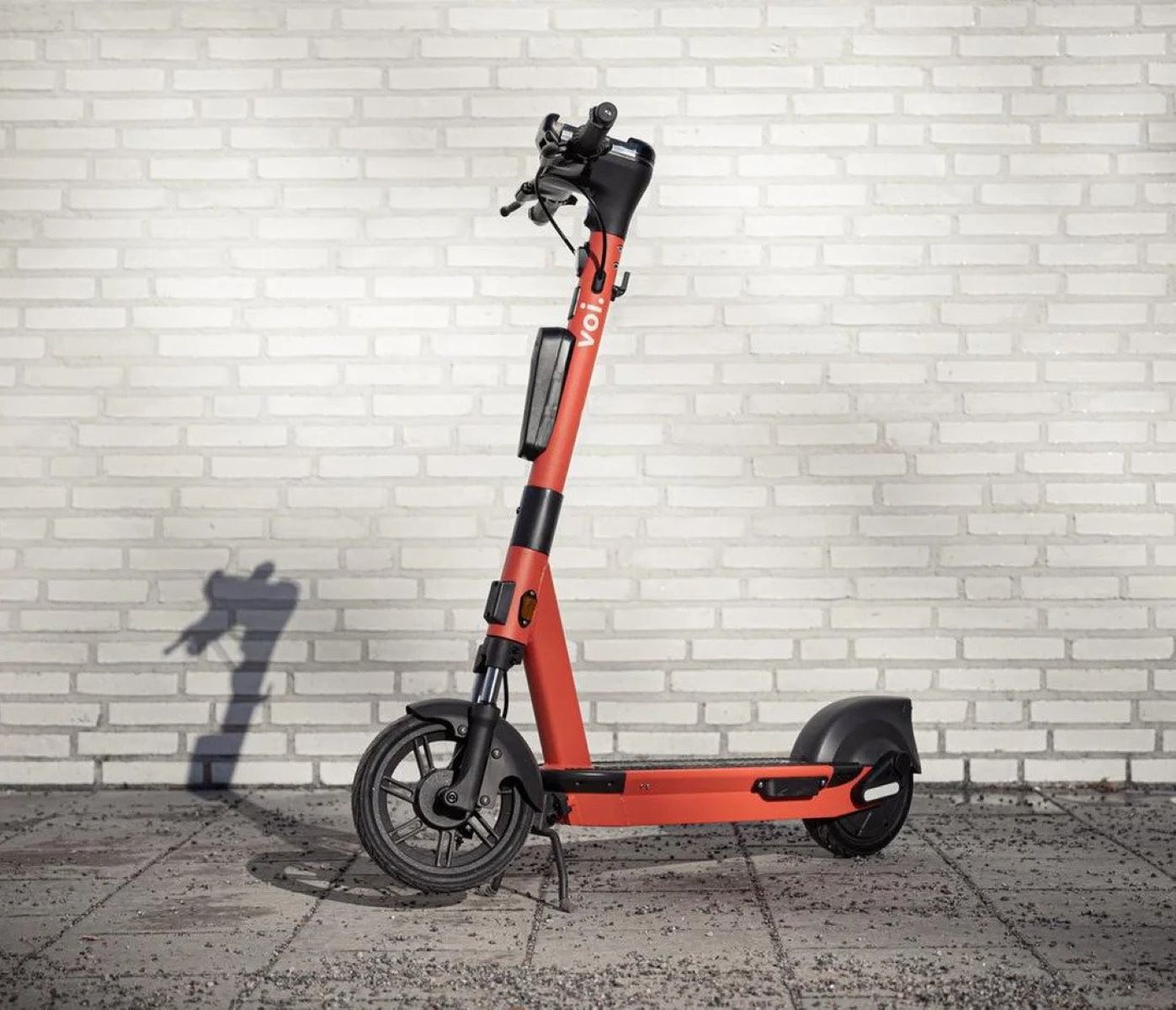
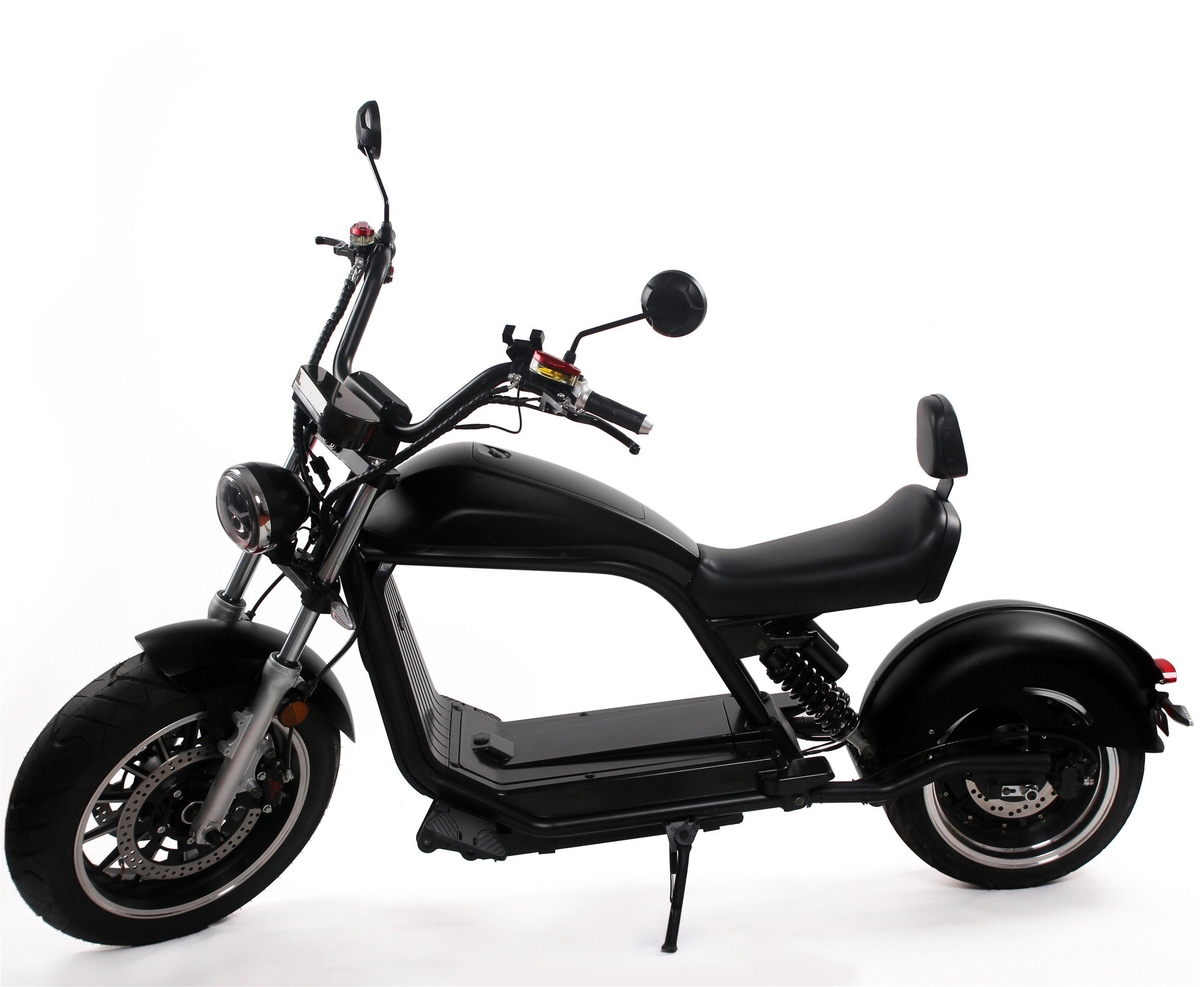
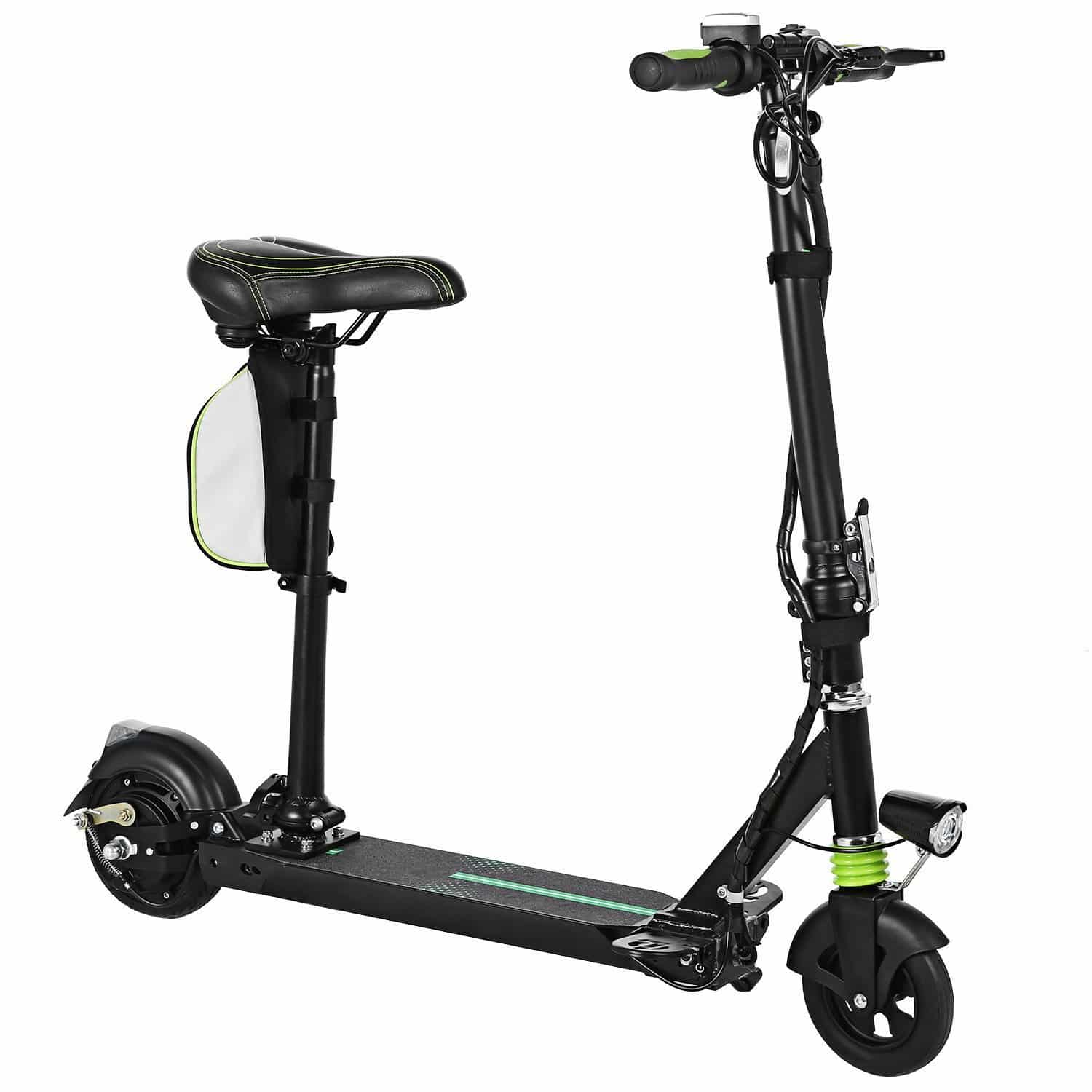
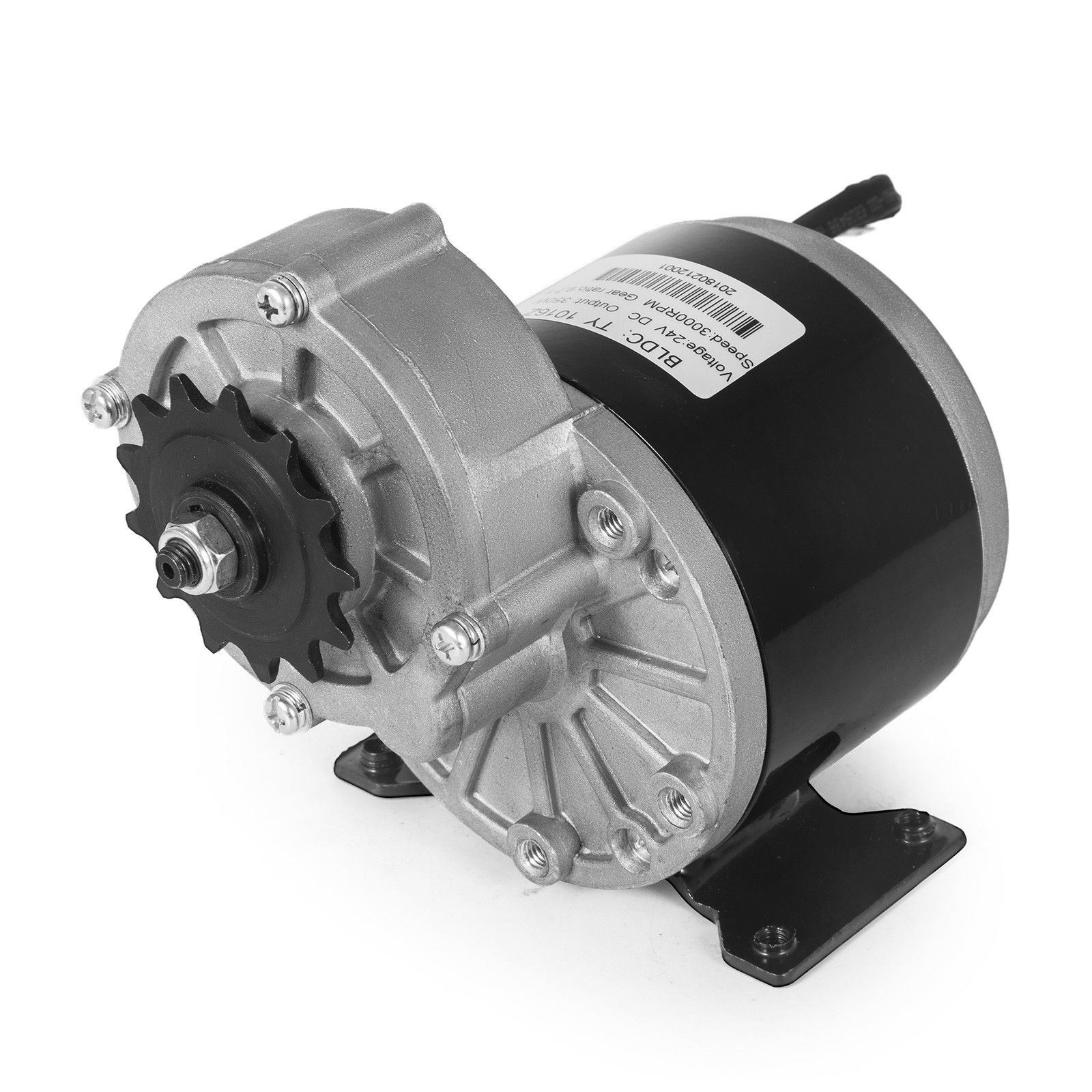
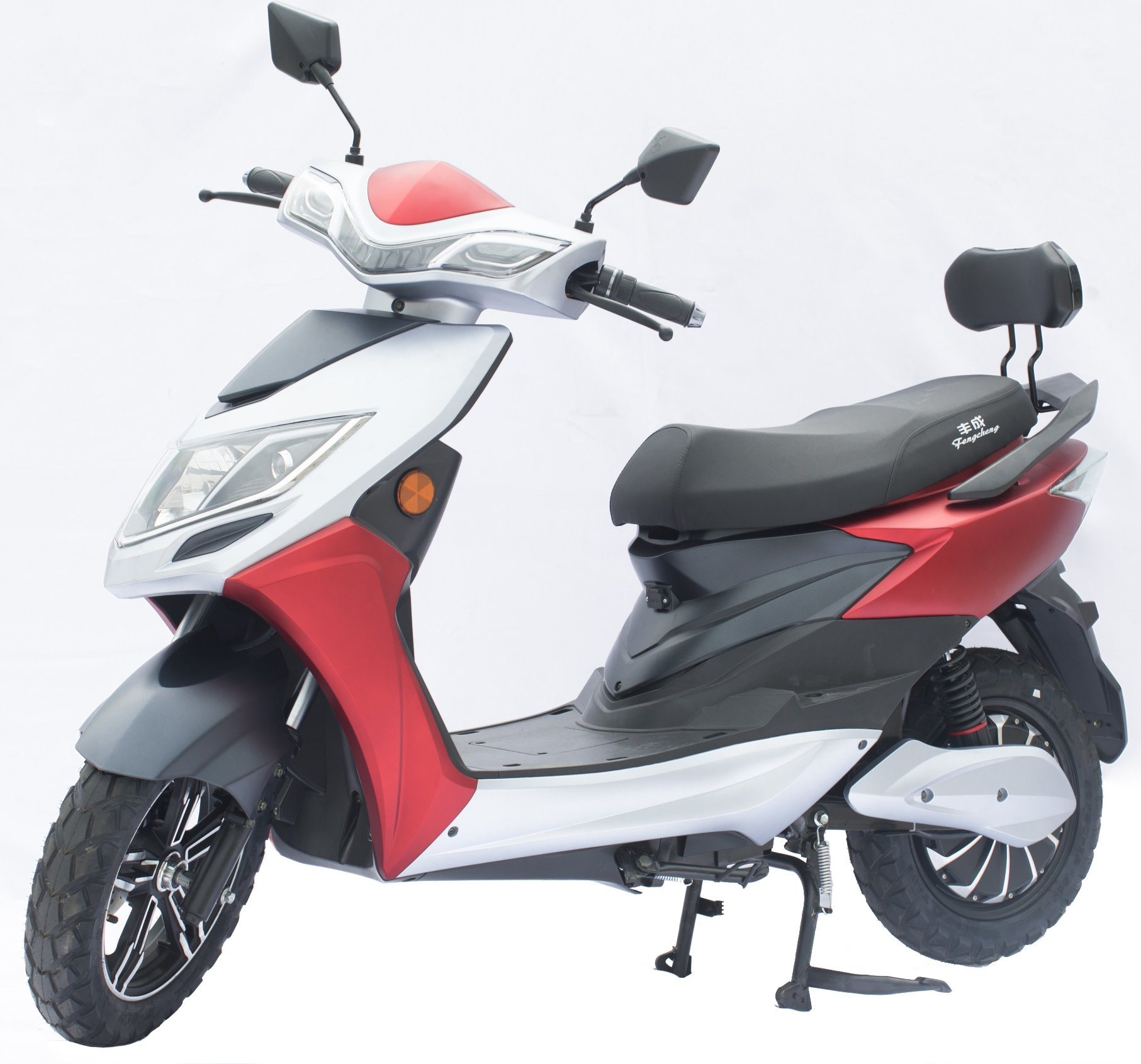
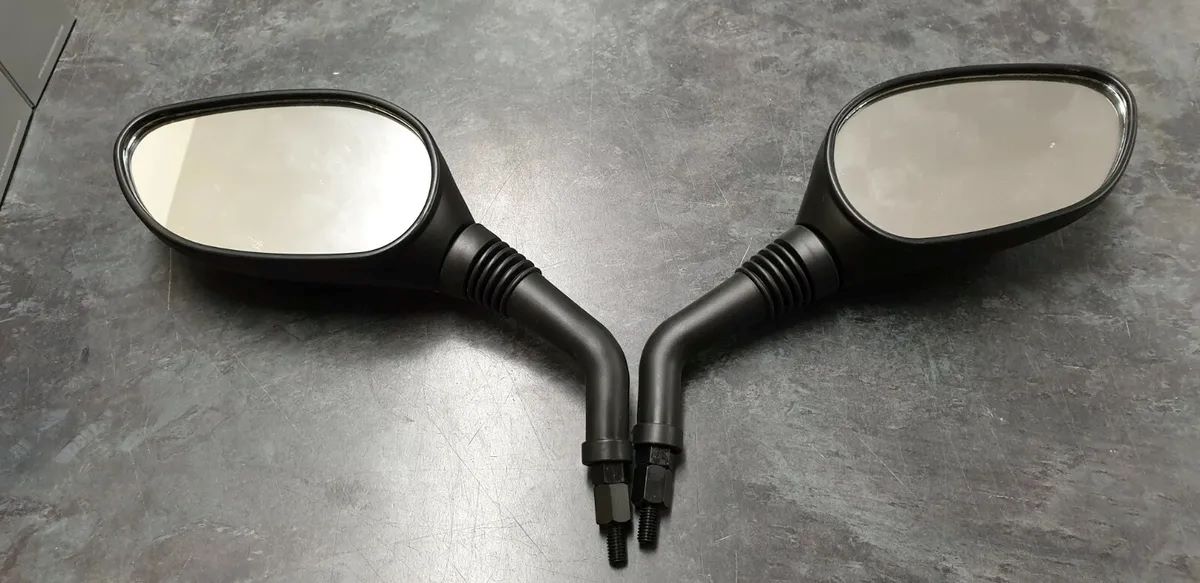

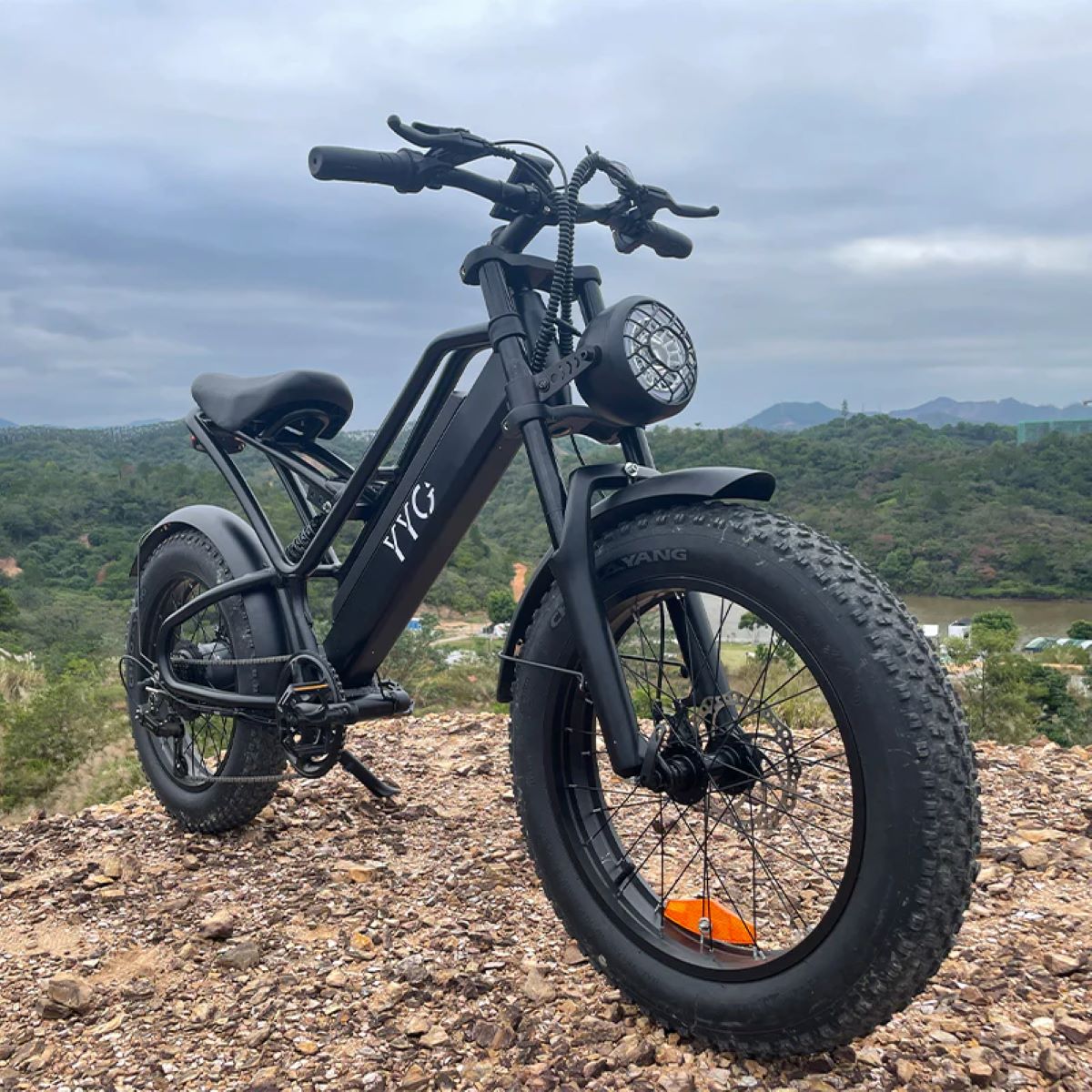
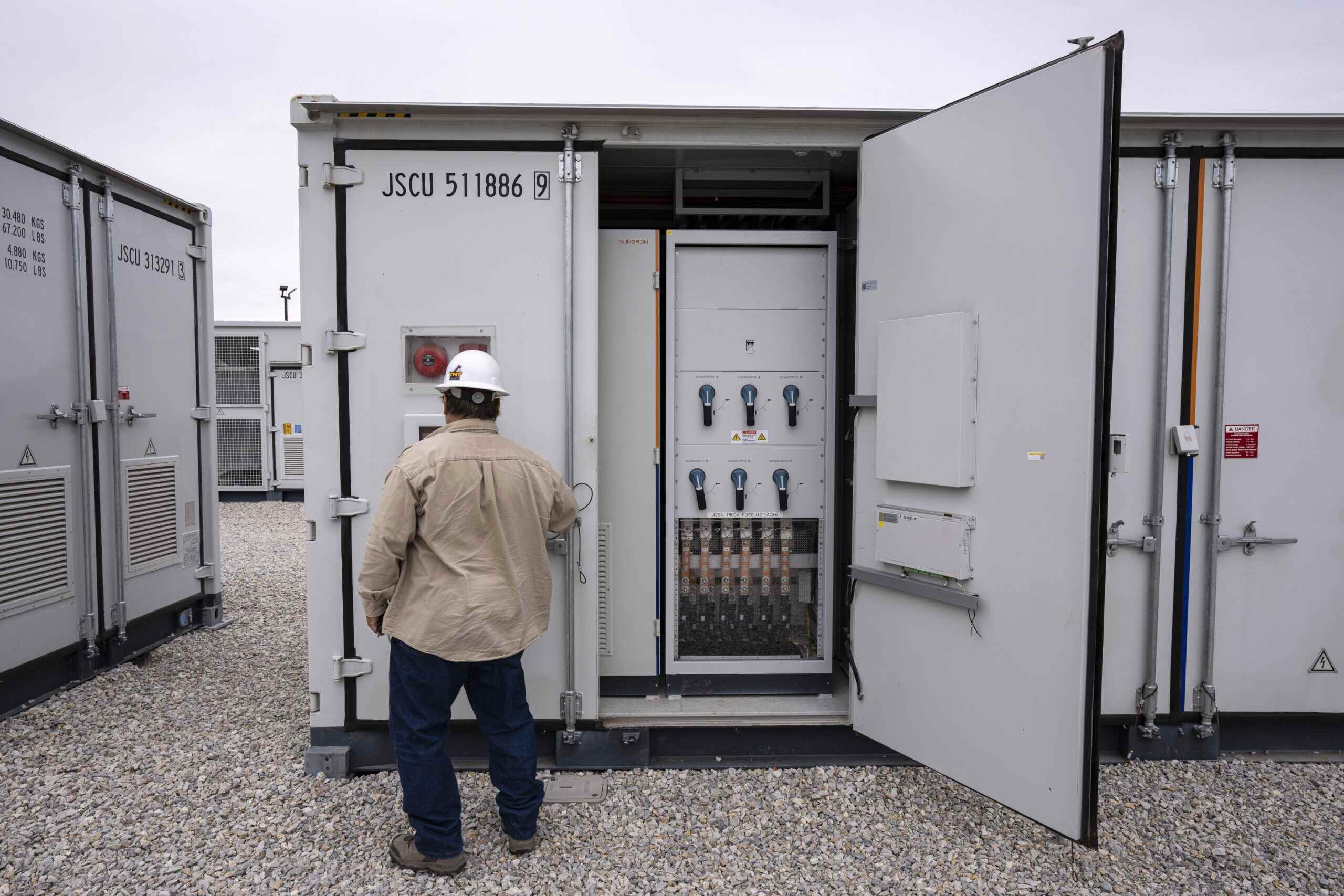


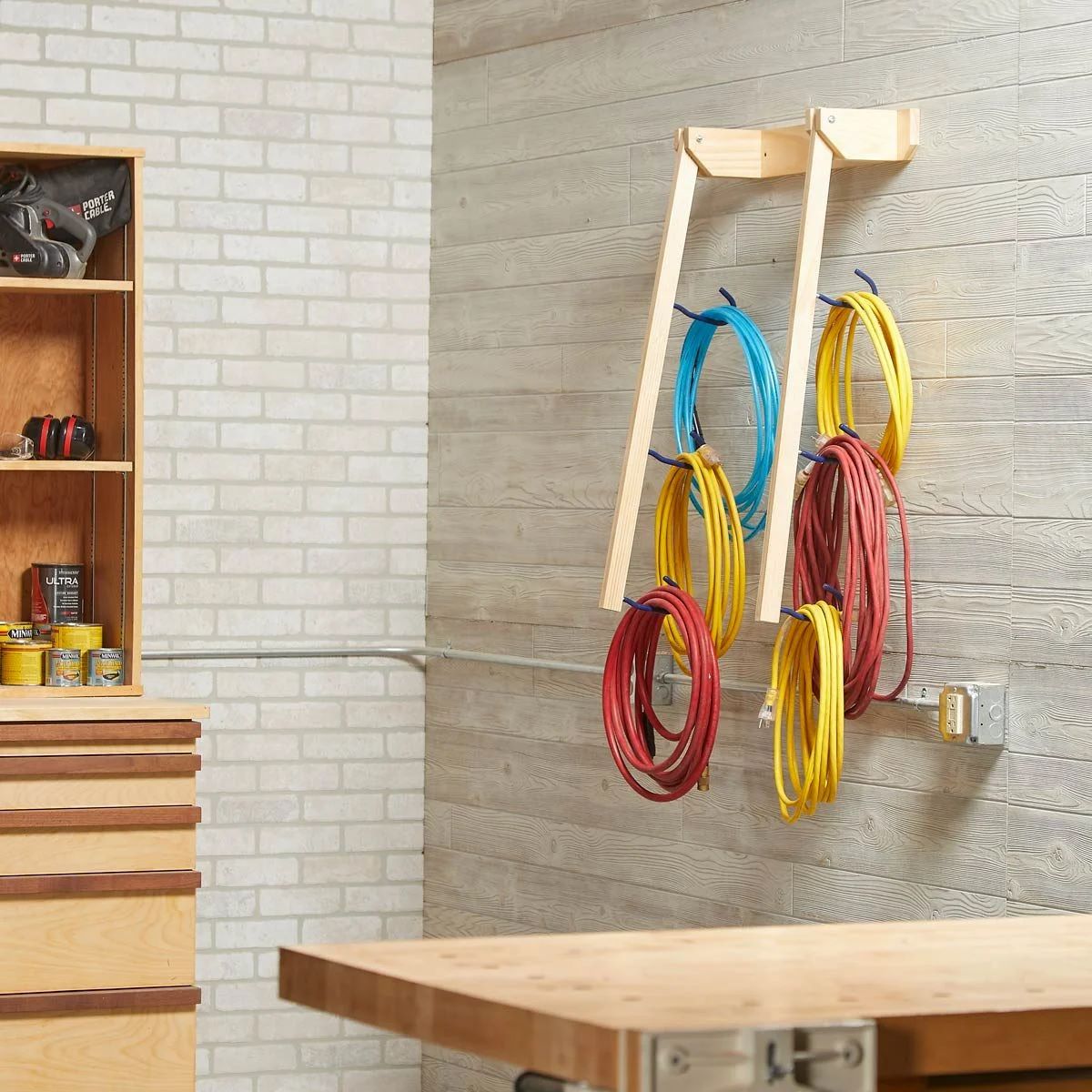
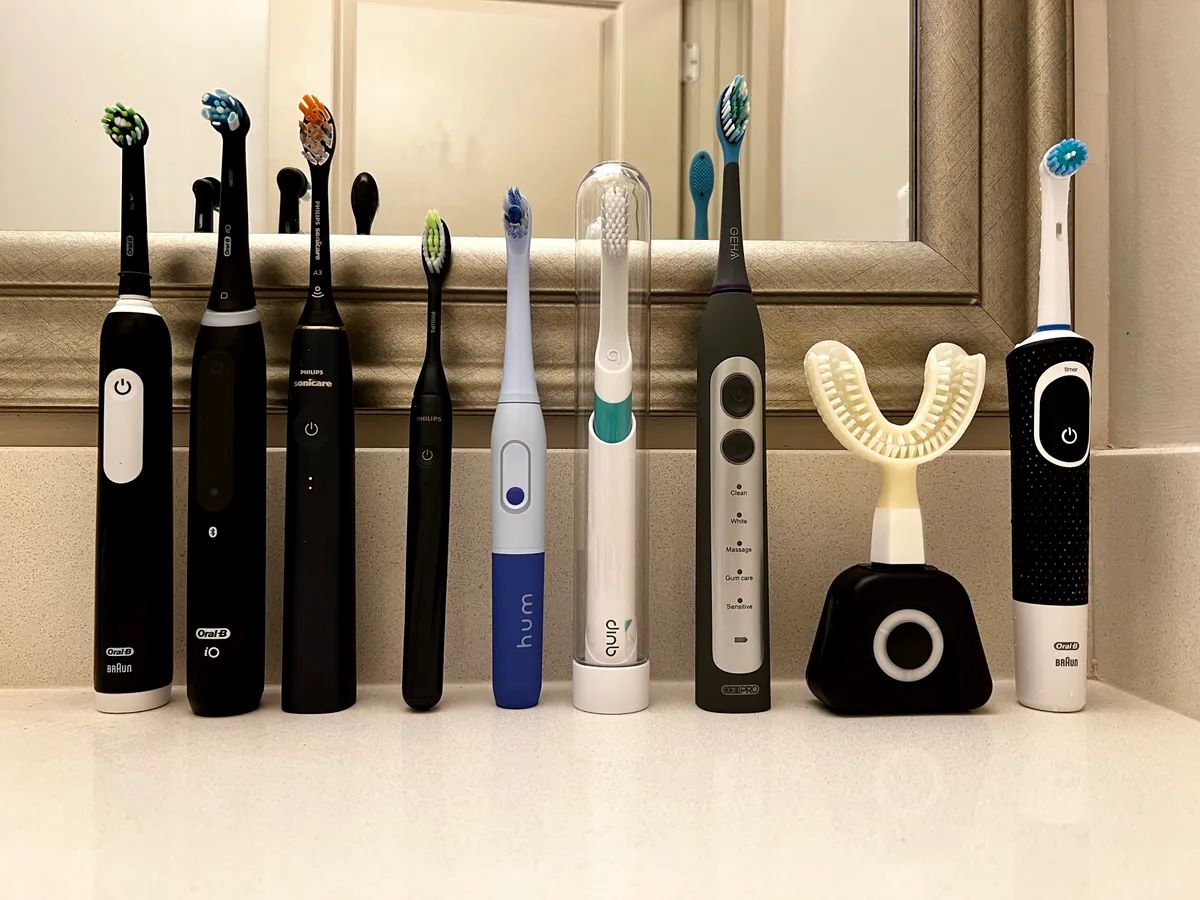

0 thoughts on “How To Store Electric Scooter”